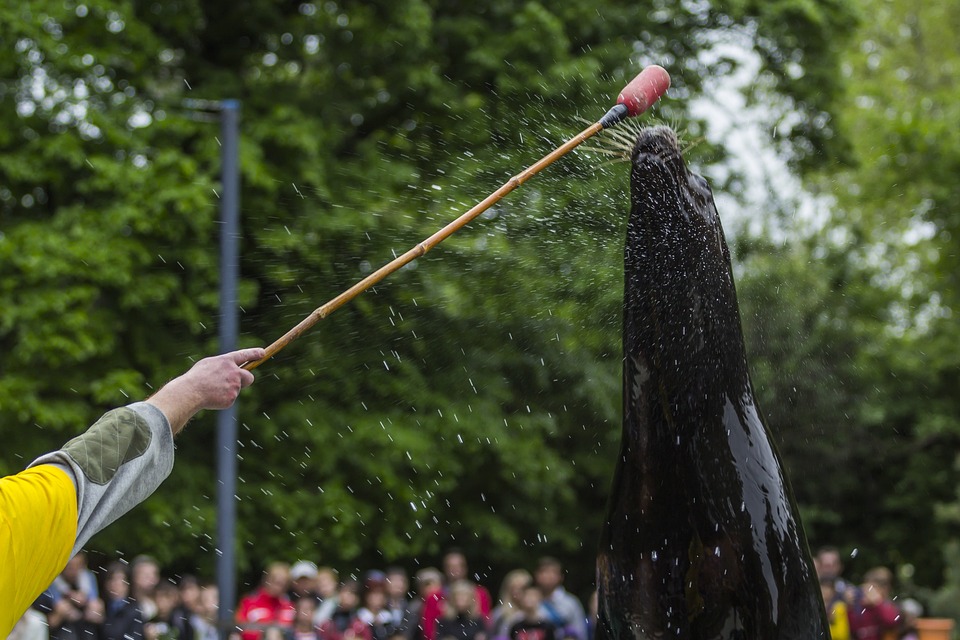Creating a well-balanced fish tank for community fish is essential to ensure the health and longevity of your aquatic pets. In this article, we have provided a comprehensive guide to help you establish the perfect environment for your fish. From choosing the right tank size to addressing common problems, we have covered all the necessary steps and considerations. Let’s dive in!
The first step in establishing a well-balanced fish tank is to select the right tank size for your community fish. It is important to consider the adult size of the fish species you plan to keep and provide enough space for them to swim comfortably. Additionally, finding the ideal location for your fish tank is crucial. Avoid placing it in direct sunlight or near sources of heat or cold drafts. Temperature and lighting requirements should also be taken into consideration to provide a suitable environment for your fish.
Once you have chosen the right tank size and location, it is time to set up the aquarium. Start by cleaning and preparing the tank, ensuring that it is free from any chemicals or residues that could harm your fish. When it comes to adding substrate, you can choose between gravel or sand, depending on your preference and the needs of your fish species. Installing a filtration system is essential to maintain water quality and remove waste products. Introducing aquatic plants not only enhances the aesthetic appeal of your tank but also provides oxygenation for your fish.
Cycling your tank is a crucial step in establishing a well-balanced fish tank. Understanding the nitrogen cycle and its importance for fish health is essential. You can choose between fish-in or fishless cycling methods, depending on your preferences. Monitoring water parameters such as ammonia, nitrite, and nitrate levels during the cycling process is crucial to ensure a safe environment for your fish.
Selecting compatible community fish is vital to avoid aggression and stress in your tank. Conduct thorough research on fish compatibility, considering factors such as size and behavior. Mixing fish from different regions can add variety to your tank, but it is important to ensure their needs are compatible.
When introducing fish to your tank, acclimating them to the new environment is essential to avoid stress and shock. Monitor their behavior and health closely in the initial days to ensure they are adapting well to their new home.
Maintaining water quality is a continuous process in fish tank care. Regular water testing and monitoring are necessary to ensure proper levels of ammonia, nitrite, nitrate, pH, and temperature. Performing partial water changes and cleaning the tank and equipment regularly help maintain a healthy environment. Controlling algae growth is also important, as excessive algae can disrupt the balance in your tank.
Feeding and nutrition play a vital role in the health of your community fish. Providing a balanced diet is essential, understanding the nutritional requirements of different fish species. Frequency and portion control are important to avoid overfeeding and food wastage.
Common fish tank problems such as ammonia and nitrite spikes, fish diseases, aggressive behavior, and filtration and water quality issues are addressed in this guide. Understanding the causes and implementing appropriate solutions can help maintain a well-balanced fish tank.
Lastly, we have included a FAQ section to address common queries related to fish tank care and maintenance. From cleaning frequency to preventing aggression among community fish, we have covered a range of topics to provide comprehensive guidance.
In conclusion, establishing a well-balanced fish tank for community fish requires careful planning, research, and consistent maintenance. By following the steps outlined in this guide and addressing common problems, you can ensure the health and happiness of your aquatic companions. Happy fishkeeping!









